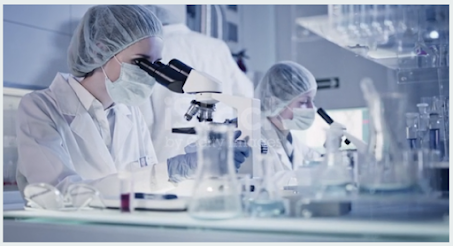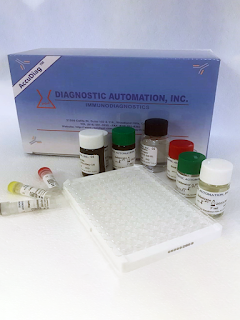Essential Laboratory Supplies for Disease Testing: Ensuring Efficiency
In the realm of modern medicine, laboratories play a pivotal role in diagnosing and managing diseases. Accurate and timely disease testing is crucial for effective treatment and disease control. To achieve this, laboratories must be well-equipped with the right supplies. This blog explores the essential laboratory supplies needed for disease testing and their importance in the diagnostic process.
Sample Collection Supplies
The first step in infectious disease testing is collecting samples from patients. High-quality sample collection supplies are essential to prevent contamination and ensure the integrity of the samples.
Key supplies include:
Swabs and Collection Kits: Used for collecting samples from various body sites, such as the throat, nasal passages, or wounds.
Vacutainer Tubes: These are used to collect and store blood samples. They often come with additives to preserve the sample.
Urine and Stool Containers: These are sterile containers used to collect urine and stool samples for testing.
Storage and Transport Supplies
Once samples are collected, they must be stored and transported properly to maintain their stability and prevent degradation.
Essential supplies for this purpose include:
Refrigerators and Freezers: These are used to store samples at appropriate temperatures until testing.
Cryogenic Vials: These vials are used for storing samples at extremely low temperatures, especially for long-term storage.
Transport Media are specially formulated solutions that preserve the viability of samples during transportation to the laboratory.
Diagnostic Equipment
Advanced diagnostic equipment is the cornerstone of disease testing. These tools enable accurate and efficient analysis of samples.
Key diagnostic equipment includes:
Centrifuges: These are used to separate components of a sample, such as blood, by spinning at high speeds.
Microscopes: Essential for examining samples at a cellular level, particularly in identifying pathogens or abnormalities.
PCR Machines (Thermal Cyclers): Used for amplifying DNA sequences, essential in detecting genetic material of pathogens.
Spectrophotometers: These instruments measure the absorbance of light by a sample and are useful in various biochemical assays.
Reagents and Consumables
Reagents and consumables are the chemical and biological materials used in diagnostic tests. These must be of high quality and properly stored to ensure accurate results.
Important reagents and consumables include:
Enzymes and Buffers: Used in biochemical reactions and assays.
Antibodies and Antigens: Critical for immunoassays, such as ELISA, which detect specific proteins or pathogens.
Culture Media: Used to grow and isolate microorganisms from samples.
Protective Gear and Safety Equipment
Ensuring the safety of laboratory personnel is paramount. Proper protective gear and safety equipment help prevent exposure to potentially hazardous materials.
Essential items include:
Gloves, Masks, and Gowns: Basic protective gear to prevent contamination and exposure.
Biosafety Cabinets: These are enclosed, ventilated laboratory workspaces designed to protect the user and the environment from pathogens.
Autoclaves: Used to sterilize equipment and consumables to eliminate any potential contaminants.
Data Management Tools
Accurate data management is crucial in laboratory settings to ensure traceability and integrity of test results. Essential tools include:
Laboratory Information Management Systems (LIMS): Software systems that manage samples, associated data, and laboratory workflows.
Barcode Scanners: These are used to track samples and reduce the risk of errors in sample identification.
Briefly Put!
Equipping laboratory supplies is fundamental to the accuracy and efficiency of disease testing. From sample collection to data management, each component plays a critical role in the diagnostic process.



Comments
Post a Comment